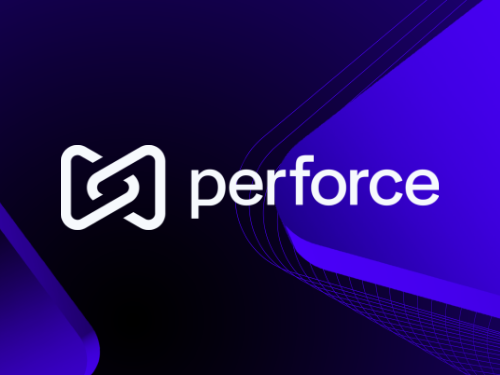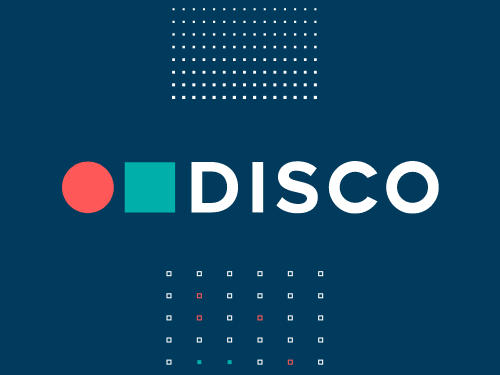In today’s data-driven world, marketers often focus on clicks, impressions, and leads as primary measures of success. But these top-of-funnel metrics only tell part of the story. What businesses truly need to understand is customer lifetime value (CLV)—the long-term worth of a customer over the entire lifecycle. By moving from short-term metrics to a full-funnel analytics framework, you can make smarter marketing decisions, allocate budgets more effectively, and drive sustainable growth.
Full-funnel analytics goes beyond surface-level engagement. It allows you to measure every touchpoint, optimize the customer journey, and ensure your marketing efforts are generating real revenue instead of just traffic.
Understanding the Full-Funnel Approach
A full-funnel analytics framework considers the complete journey a customer takes, from first interaction to repeat purchases and advocacy. The funnel typically includes:
- Awareness – When potential customers first learn about your brand.
- Consideration – When prospects evaluate your solution against competitors.
- Conversion – When leads become paying customers.
- Retention – Ensuring customers continue to engage and buy.
- Advocacy – When satisfied customers refer others, creating a multiplier effect.
Focusing only on clicks and leads ignores the later stages of the funnel, where real revenue is generated. By tracking the entire journey, you gain visibility into which campaigns and channels drive high-value, long-term customers.
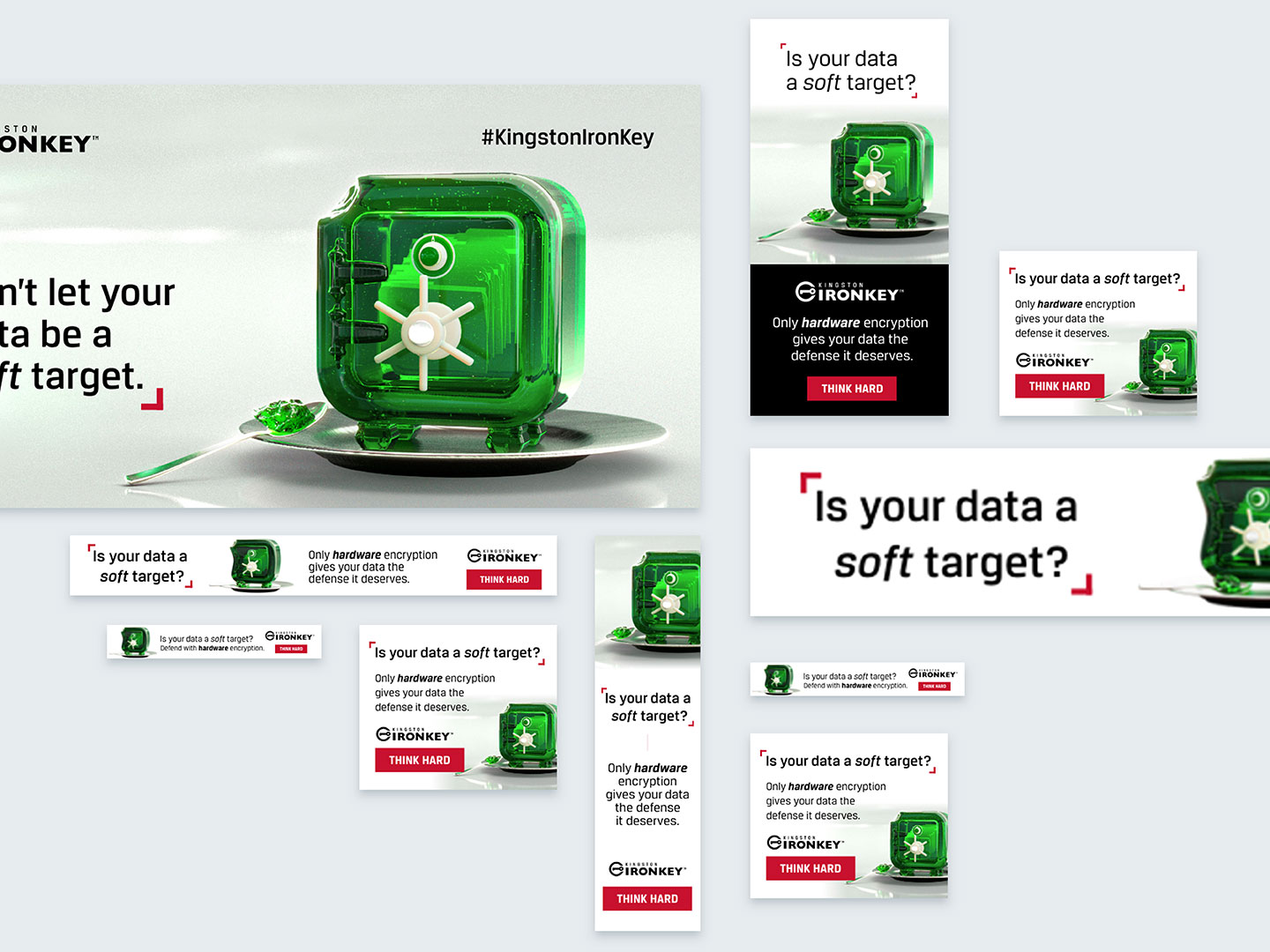
From Clicks to Customers: Mapping Metrics Across the Funnel
To build a full-funnel analytics framework, you need to measure the right metrics at each stage:
- Top-of-Funnel Metrics: Impressions, click-through rates (CTR), website visits, and social engagement. These indicate awareness but don’t guarantee revenue.
- Mid-Funnel Metrics: Marketing Qualified Leads (MQLs), Sales Qualified Leads (SQLs), demo requests, and email engagement. These show consideration and interest.
- Bottom-of-Funnel Metrics: Conversion rates, average deal size, and revenue per acquisition. These metrics reflect true sales performance.
- Retention Metrics: Repeat purchase rate, churn rate, customer engagement scores, and CLV. These reveal the long-term profitability of each customer.
By tracking metrics across the funnel, you can identify drop-off points, optimize campaigns, and ensure your marketing drives measurable business outcomes.
Calculating Customer Lifetime Value (CLV)
Understanding CLV is essential to a full-funnel strategy. CLV estimates the total revenue a customer will generate during their relationship with your business. Here’s a simple approach:
- Average Purchase Value – Total revenue divided by the number of purchases.
- Average Purchase Frequency – How often a typical customer buys.
- Customer Lifespan – Average length of the customer relationship.
- CLV – Multiply the three numbers to estimate lifetime value.
More advanced methods include cohort analysis, predictive modeling, and segment-based CLV. By tracking CLV, you can prioritize high-value customers, optimize campaigns, and improve marketing ROI over the long term.
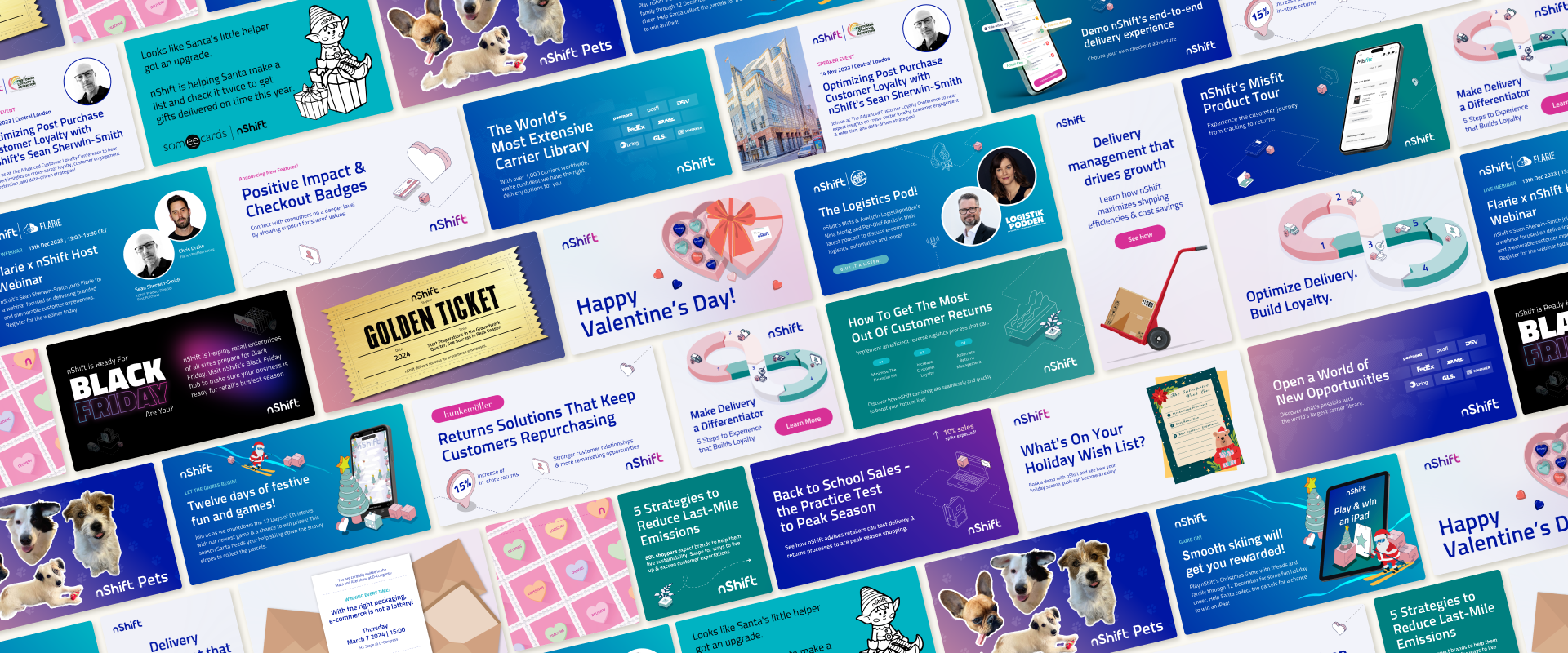
Integrating CLV Into Marketing Strategy
Once you know your CLV, it can inform every marketing decision:
- Allocate budget to campaigns that attract high-value customers.
- Optimize cross-channel efforts to increase retention and repeat purchases.
- Align sales and marketing teams around a shared definition of success.
- Use automation tools to deliver personalized experiences that maximize CLV.
When you prioritize long-term value over short-term wins, every marketing dollar works harder and smarter.
Common Challenges and Best Practices
Building a full-funnel analytics framework isn’t without hurdles. Common challenges include:
- Data silos – Different teams or platforms may track metrics inconsistently.
- Tracking across multiple channels – Customers interact with your brand in many ways, making it hard to unify data.
- Misaligned goals – Sales and marketing may prioritize different metrics, creating friction.
Best practices to overcome these challenges include:
- Implement unified dashboards to consolidate data.
- Define consistent KPIs and metric definitions across teams.
- Regularly audit and refine your analytics framework to maintain accuracy.
With the right approach, these challenges become opportunities to create a data-driven marketing strategy that maximizes CLV.
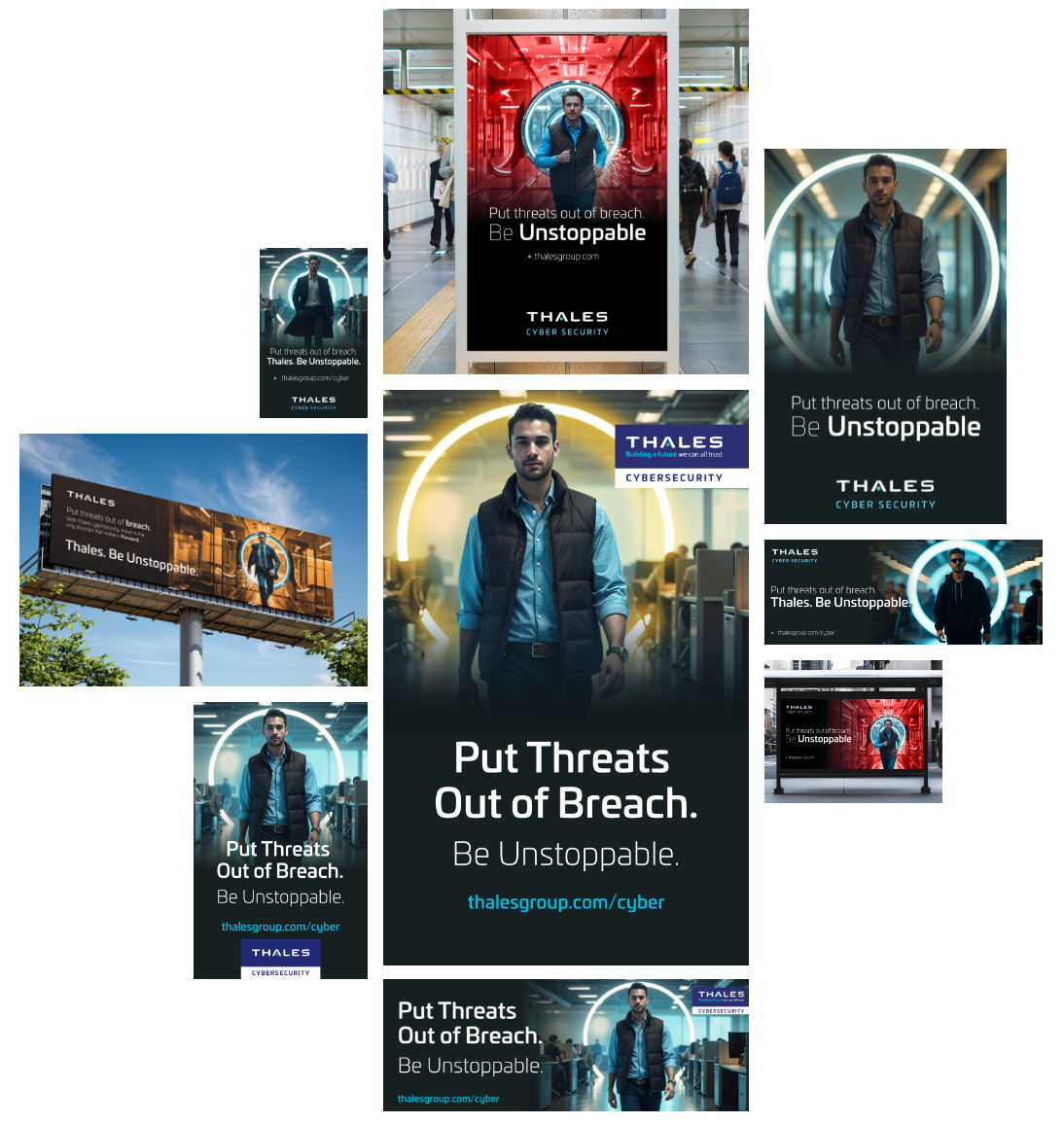
Turning Clicks into Lasting Customer Value
Moving from clicks to customer lifetime value is critical for sustainable business growth. A full-funnel analytics framework allows you to measure the true impact of your marketing efforts across the entire customer journey. By tracking the right metrics, calculating CLV, and integrating insights into your strategy, you can make smarter decisions, optimize budgets, and drive long-term success.
Ready to build a full-funnel framework that turns leads into loyal customers? Contact Bluetext today to start maximizing your marketing ROI.


